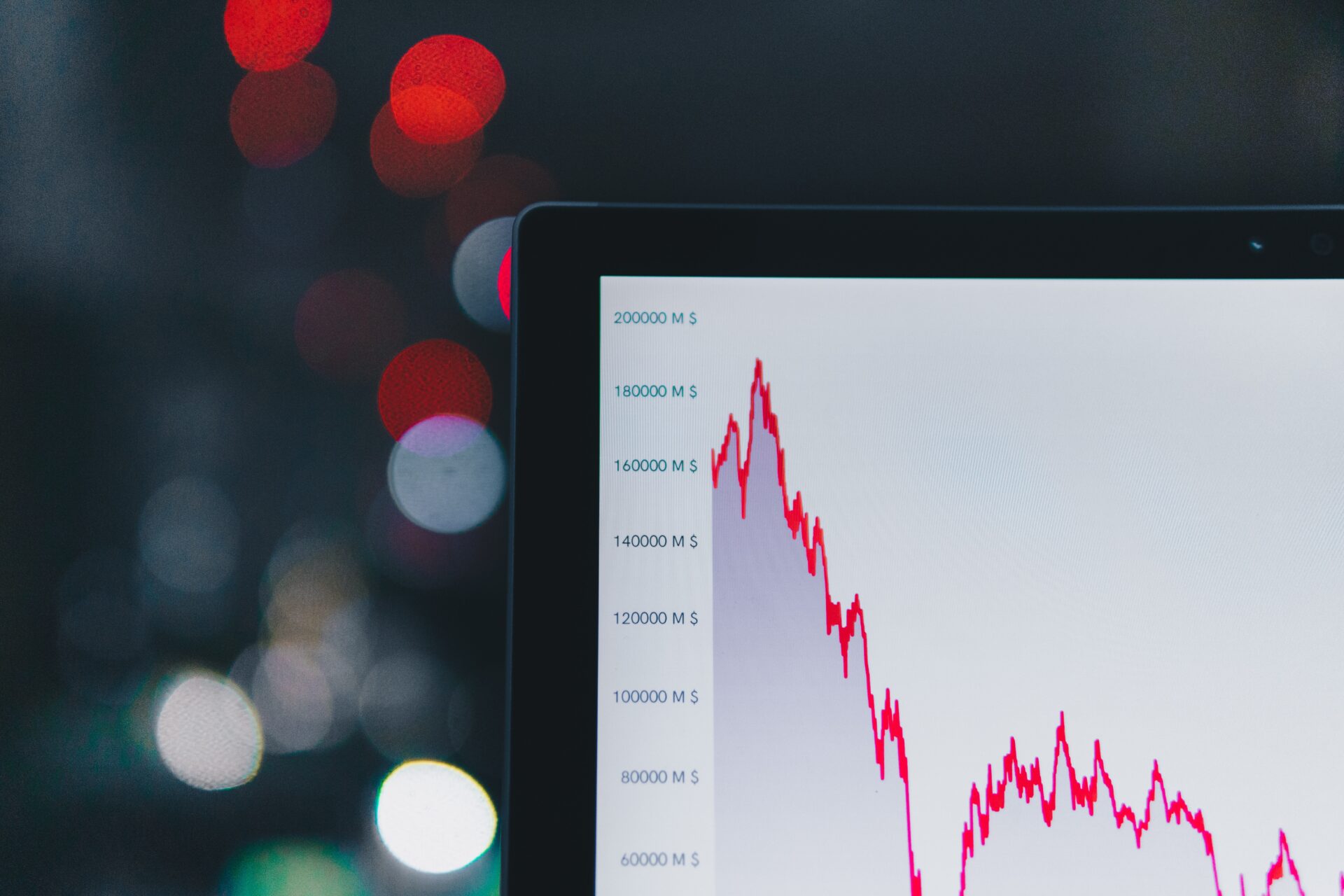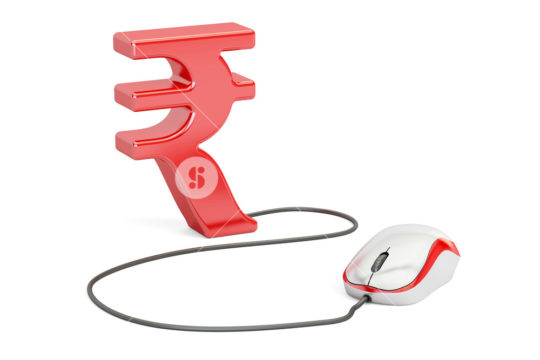Silicon Valley Bank (SVB) was one of the most financial institutions in the technology industry. Now, it’s a horror story for banks across the globe and the thousands of startups that rely on them.
SVB’s collapse on Friday, March 10, marked the second-largest bank failure in U.S. history, behind Washington Mutual’s 2008 collapse. Now, as the Federal Deposit Insurance Corporation (FDIC) tries to manage the damage, the FinTech industry faces unprecedented territory. The failure of such a large source of funding for tech startups could jeopardize many FinTech firms, but it could also create a long-term opportunity.
Billions in Tech Funds Face an Uncertain Future
The most immediate impact of SVB’s collapse on FinTech is the question of what will happen to its customers’ funds. The FDIC insures deposits up to $250,000 to ensure you don’t lose all your money if your bank fails. However, SVB isn’t your average consumer bank. Many of its accounts are from tech companies, and most of those deposits are well above that limit.
An astounding 93.8% of SVB’s deposits — totaling more than $151 billion — are uninsured. If FinTech startups who banked with SVB didn’t spread their funds across multiple accounts, a huge chunk of their assets could be in limbo for a while. That could mean delayed paychecks for employees, paused research and development and even bankruptcy.
SVB was the nation’s leader in tech firm funding. Before its collapse, it claimed it banked nearly half of all venture-backed tech startups in the U.S. Given that size and the FDIC’s $250,000 limit, a sizeable portion of the FinTech industry may not know what will happen to their funds over the coming months.
Potential Buyers May Offer Relief
It’s worth noting that SVB’s fall and the FDIC insurance limit don’t necessarily mean thousands of FinTech firms will lose all but $250,000. While uninsured accounts may still face losses and pauses in the process, the FDIC will do what it can to ensure customers get their funds back as much as possible. The most straightforward way to do that is with a buyout from another bank.
Because SVB was so massive, only a handful of other companies have the purchasing power to take over. However, the FDIC has split SVB into two banks up for auction separately, increasing the chances of a buyout. Once another company takes over, they can work together with the FDIC to get customers’ funds back into place and offer relief for FinTech startups.
HSBC has already bought the U.K. arm of SVB, so a similar deal could come for the U.S. portion before long. People have pointed to JP Morgan, Wells Fargo and Citi as potential buyers because of their interest in startups and venture funding.
A Potential Boon for Alternative Banking
Regardless of whether and when another company buys out SVB, the collapse could have some positive effects on FinTech, too. Most notably, it could drive people away from traditional banking in favor of more disruptive alternatives.
Other traditional banks like Pacific Western and Western Alliance have seen rising deposit withdrawals after the SVB incident. That suggests more customers are becoming increasingly skeptical of keeping all their money in one place, especially if that place is a big bank. FinTech firms offering alternative banking solutions could see a spike in business as a result.
This shift could come as welcome relief for FinTechs in areas like crypto. Cryptocurrencies have seen high volatility and declining faith from the public over the past few years. However, such a newsworthy instance of a traditional financial institution falling could bring these alternatives into public favor again. Crypto service companies could take this opportunity to prove themselves as an effective hedge against conventional finance’s risks.
FinTech Firms Must Ensure Trust Amid Uncertainty
If FinTech companies want to capitalize on that trend, they need to establish trust more than anything else. After SVB’s fall, customers may be wary of any financial institution, whether it’s a traditional bank or a disruptive FinTech firm. Businesses must prove they’re trustworthy and have protections in place if they hope to grow.
Ensuring that trust begins with learning from SVB’s mistakes. Just as investors must diversify their portfolios, financial institutions should have diverse assets — not an overwhelming focus on, say, tech startup venture funding — to avoid collapse.
FinTech’s digital focus could help them ensure this trust, too. Faster, more user-friendly customer controls could make it easier for clients to move and monitor their funds, enabling a smoother transition if something does go wrong.
The SVB Collapse’s Full Impact Is Yet to Be Seen
SVB’s size and deep connections to the tech industry mean its fall will undoubtedly impact the FinTech sector. That will likely mean disruption and tight budgets in the near term but a potential gain in the long term as FinTech sets itself apart from traditional banks.
Much of the fallout of SVB’s collapse is still uncertain. Customers, including FinTech startups, will have to monitor the situation carefully to know how best to react to make the most of it.
This article was originally published by Devin Partida on Hackernoon.












